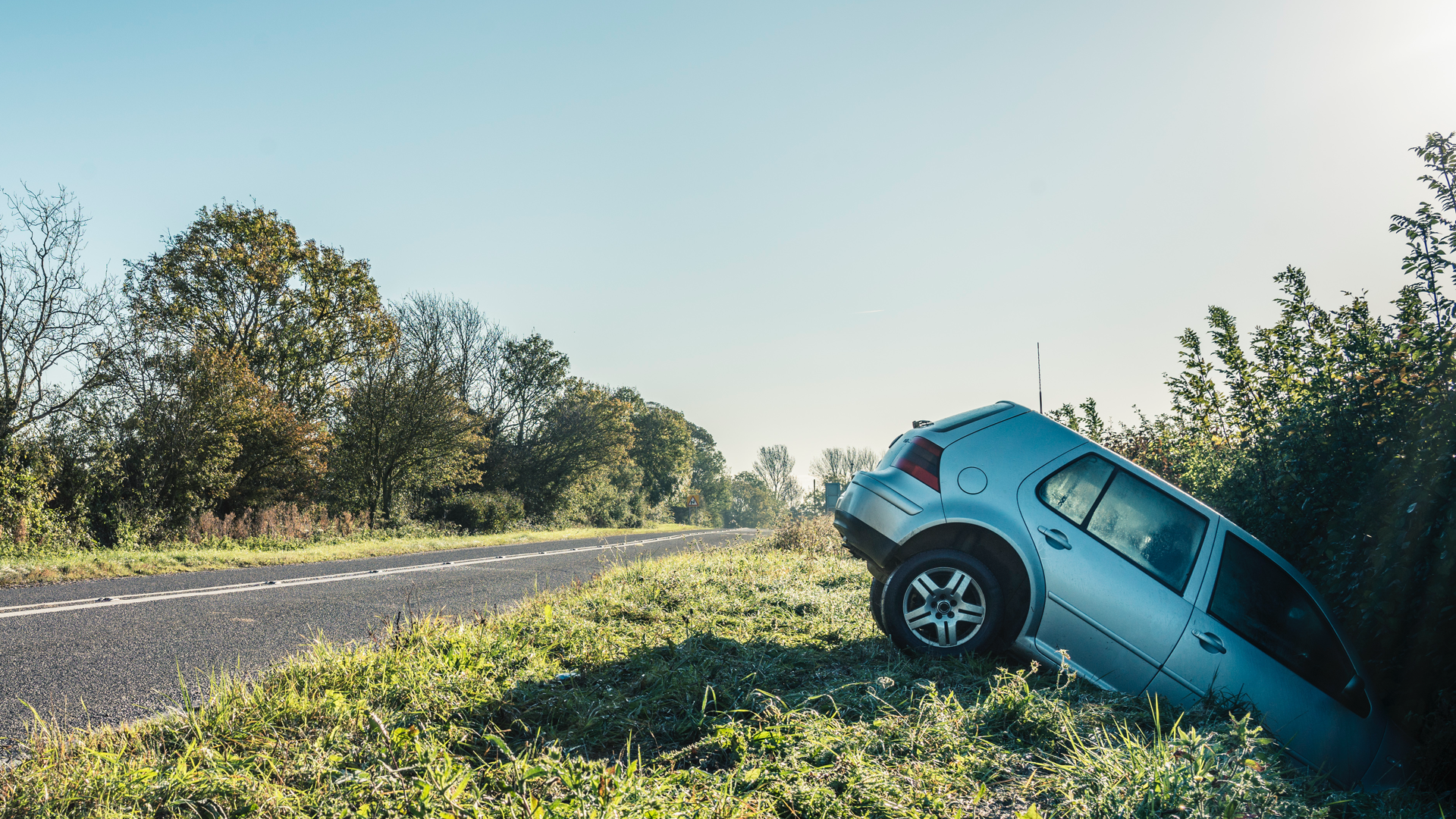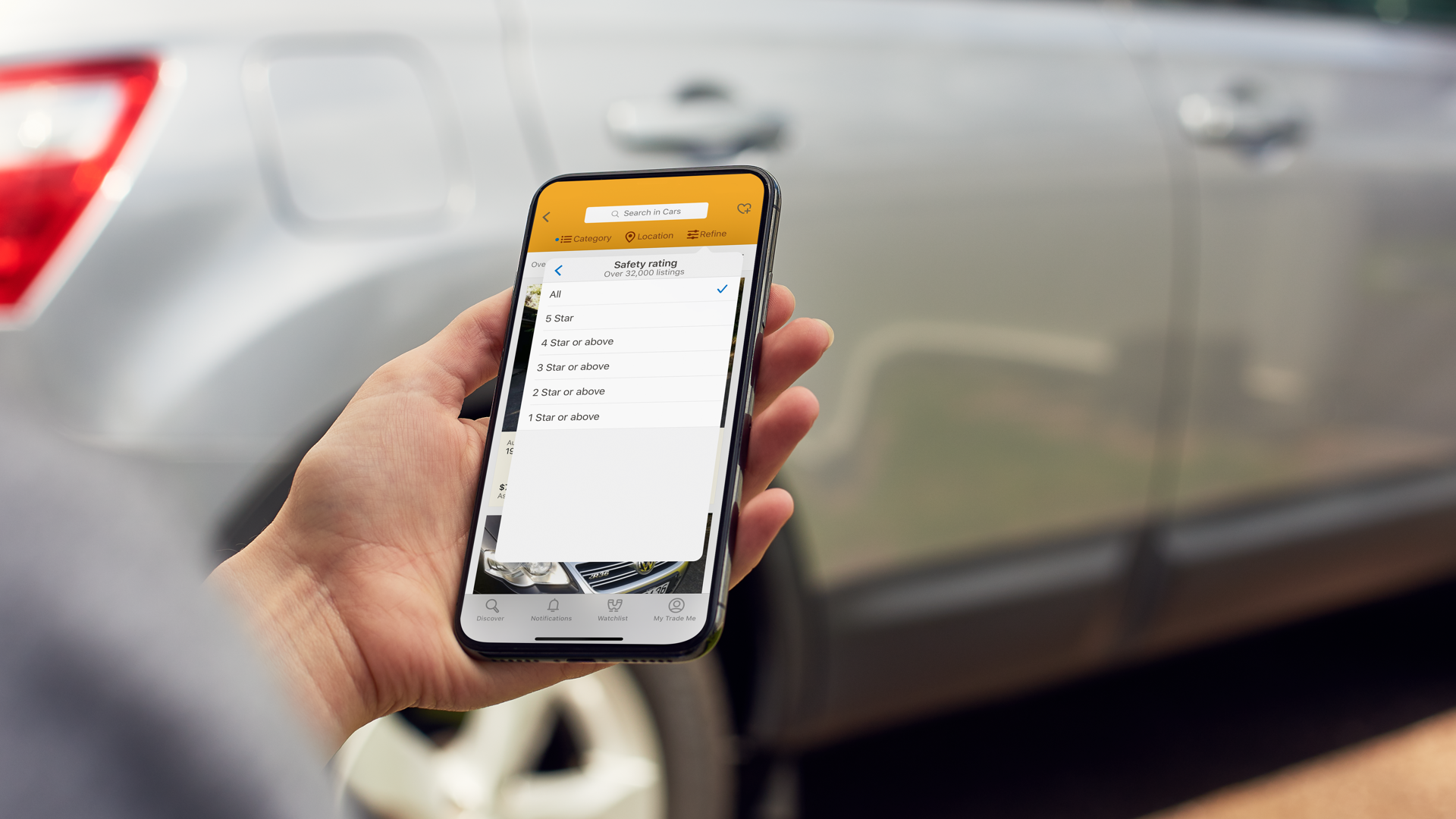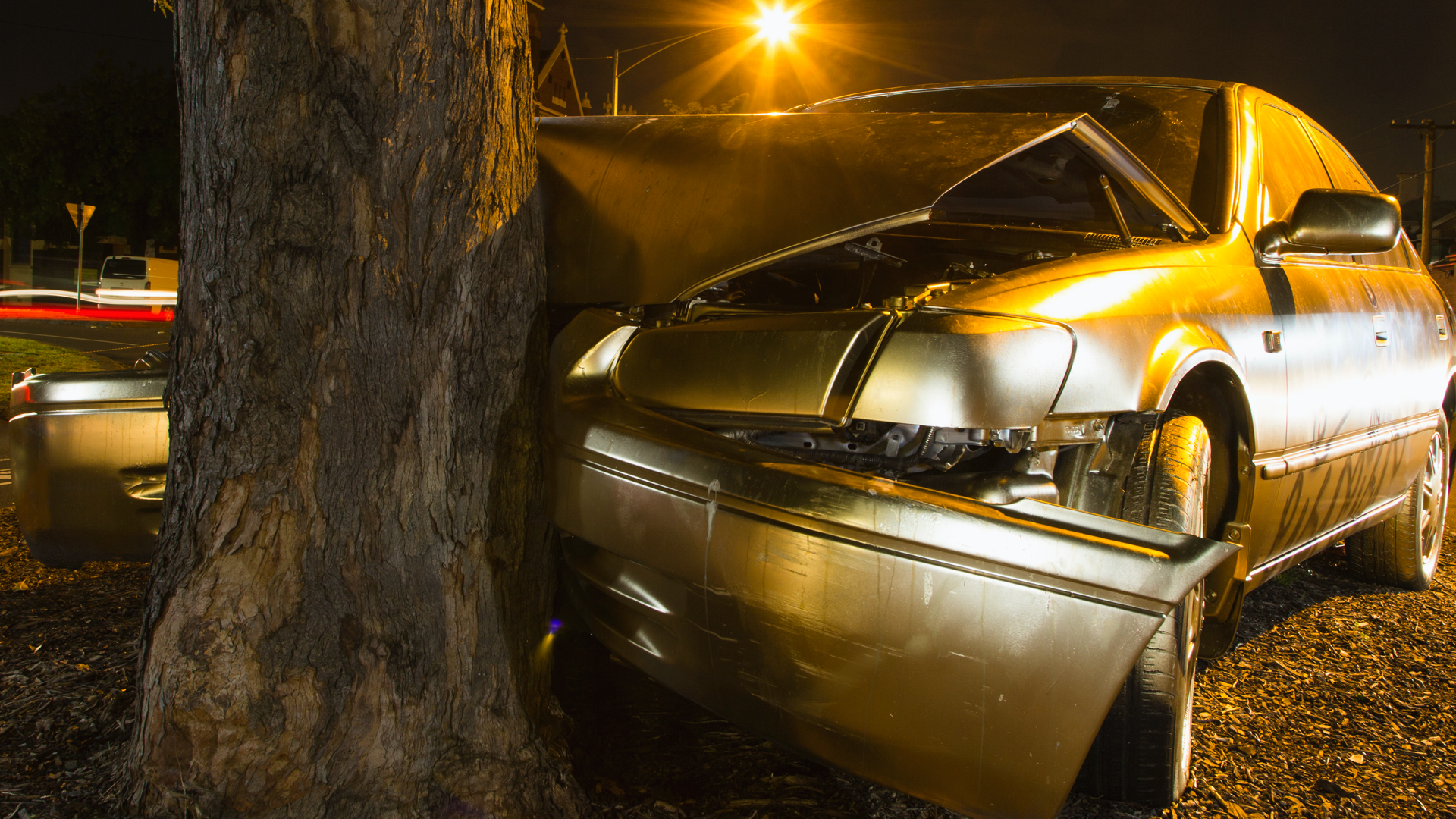Feature article
Using safety ratings to buy a safer car
When choosing a car you need something safe. Safety ratings empower buyers to get the safest car possible. Here’s how.
There are many factors to consider when mulling over your choice of next car, but one thing is absolutely certain – you should look to buy the safest car your budget will allow. The good news is that the Used Car Safety Ratings (UCSR) and Australasian New Car Assessment Program (ANCAP) allow us to be more educated than ever on the safety credentials of our cars, and the news gets even better: Trade Me now allows you to search car listings specifically by safety rating – giving you the chance to buy the safest car possible. Why is this so important and is it a realistic option for you and your family? Let’s take a look.
Safety is affordable
The first thing to note is that there doesn’t have to be a financial premium on safety. Just because you may have a lower budget for a car, you should still expect a satisfactory level of safety and protection from the vehicle. In fact, safety tests on comparably priced vehicles can bring dramatically different safety results, hence the importance of paying attention to the safety rating.
A five star safety rated car offers no guarantee of complete safety but, in the event of an accident, it statistically offers you a far higher chance than a lower rated car of keeping yourself and your family safe. According to the NZTA, this can be the difference between a crash resulting in a 77% chance of serious injury in a one star car, or a 12% chance in a vehicle of comparable size and weight but with a five star safety rating.
What makes the difference?
External damage to a one star or five star rated car from an accident or collision can sometimes look deceptively similar, but the inside of the vehicle will often tell a very different story. Here’s why:
- Structural integrity – this relates to the build strength and resilience of the body of the car and is the key thing lacking in a one star car, leading to the driver and passengers being at serious risk of extreme physical trauma and a high risk of soft tissue damage. A higher safety rated car is far more likely to maintain its structural integrity in a crash, offering you greater protection from its worst effects.
- Survival space intrusion – a highly safety rated car will better protect you in your survival space (the area surrounding you in the car, consisting of the dashboard and airbag etc), preventing the dashboard and steering wheel from substantially moving forward during a crash, causing them to impact and potentially injure the driver and passengers. Distance maintenance is crucial so that these items don’t collide with passengers at force. A low safety rated car offers significantly reduced protection.
Newer doesn’t always mean safer
It’s important to remember that buying a newer car doesn’t necessarily mean that it’ll be safer than an older alternative model – you still need to check out the safety ratings. For example, a car manufactured in 2015 like the Holden Astra comes with a five star safety rating, while the newer 2017 Suzuki Swift has a one star rating. More than the vehicle age, the safety ratings should be the numbers you focus hardest on.
Trade Me safety rating search
Awareness can help minimise risks
Other key car safety points you need to be aware of:
- Buckle up – whether you’re the driver or a passenger, you simply must remember to wear your seatbelt as, no matter the safety rating of the car, it’ll help prevent or minimise serious head, brain and physical injury.
- WoF and safety ratings are different – the warrant of fitness (WoF) and safety ratings of a car give you very different information. The WoF reveals to you the road worthiness of a car, but the safety rating reveals its crash worthiness. You need to pay attention to all of these details to know if a car is safe.
- Young Kiwis are at particular risk – we all need to be aware of how safe our car is, but young Kiwis (those aged between 16-24) face the double whammy of, statistically speaking, being six times more likely to be involved in a car accident, while their economic circumstances also mean they’re far more likely to own a car with a lower safety rating. Young Kiwis need to know that an affordable car can also be a safe one, they just need to know about safety ratings.
- It’s not just about your main family car – lots of Kiwi families have at least one other car on the drive or in the garage. Just because this secondary vehicle might be used a lot less than the main family car, it still needs to be a safe vehicle as a crash or incident can happen at any time.
- Drive country roads with caution – we have masses of beautiful country roads here in New Zealand, but you need to drive them with respect and caution. High speed undivided country roads are a big risk area for serious collisions to take place with dire consequences. In a car with a lower safety rating, these consequences are far more likely to be severe.
Stay safe NZ
Kiwis are more empowered than ever in having the best possible chance to stay safe on the road. There are four key principles to driver and passenger safety: safe vehicles, safe roads, safe speeds and safe drivers. We all have the ability to enact most of these principles and also now have the tools we need to buy/drive the safest car possible.
Other articles you might like






